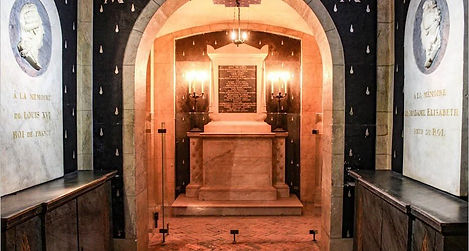
La conciergerie
-2, boulevard du Palais, Paris 750001
-Open every day from 9h30 am to 6 pm (closing exceptionally on May 1st and December 25th)
-Rate:
® Free: for children under 18, or for 18-25-year olds (non-European residents or regular residents in the EU territory)
®Group: 7 euros
® Reduced: for less than 25 years
-Metro: Cité (line 4)
-Telephone: 01.53.40.60.80

Located in the heart of the island of the city, the conciergerie stands along the Seine. It is possible to see this majestic building from the dock of the clock. The conciergerie is part of the law court of Paris, which is located on the site of what was the former royal palace (until 1417).
Story point:
At the time of the invasion of barbarians (from 276), the island of the city became a refuge for a large number of inhabitants of the capital. It was at this time that the grand palace was built.
Over the centuries the palace has truly become a place of power. After having welcomed within its walls the Roman government (in the year 357, the palace becomes the military residence of the Roman emperor Julian), it is subsequently in the VI th century inhabited by Clovis. It is in the year 1200, with Philippe Auguste, that the palace became truly the seat of Capetian power; and became more resplendent than ever under the reign of Philip the Fair, who did great work to house the institutions of the administration of the kingdom.
However, when Charles V became king, he decided in 1359 to abandon the palace of the city for another house, the Hotel Saint-Pol, leaving the building free. The Palace therefore loses its residential function. However, the conciergerie remains all the judicial activity, the administrative activity of the kingdom. Gradually, the conciergerie became the courthouse and subsequently a prison (in 1370).


Moreover, the conciergerie was reputed as the sternest prison in France, during the period of the Terror under the French Revolution. The prisoners were placed in the dungeons pending their judgment. Approximately 2700 people were sentenced to death in just 2 years.
"Conciergerie", a name that does not come from chance:
At the end of the 13th century, the Palace of the city was the residence of the Palace Concierge. He was a very important person, charged with collecting the royalties of the rent of the shops which were in the royal palace. It is from this function that the name "conciergerie" was born.

The Chapel of the Girondins, small chapel

Marie-Antoinette Reconstitution

The large vaulted room: inside it you can visit the room of the people-at-arms, the room of the guards

The women's court
